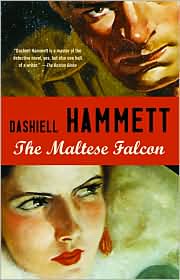
This is an unpleasant book about unpleasant people.
In my opinion, the key to enjoying a novel is to find a character you can identify with or at least relate to. It doesn't matter if the action is set in the past, present or future, whether it is in the United States, Russia, or outer space, whether the characters are male, female, or even human. There just needs to be a point of entry for our empathy. Harry Mathew's Cigarettes did not provide this point of entry for me.
The novel covers a span of 30 or so years and the action jumps around between decades as it focuses on the relationships between a large cast of characters, all of whom could be classified as the idle rich of New York and environs. While the plot revolves around a painting that unites the characters in one way or another, the book is really an opportunity for Mathews to explore the intermingled relationships between these self-obsessed and unlikable characters. Each chapter focuses on two of the characters (and are titled as such: "Walter and Elizabeth", "Allen and Maud", etc.). Their social anxieties, sexual practices, and personal failings are explored ad nauseum. The names were so similar I began to get confused about who was who (Allen, Owen, Pauline, Priscilla, etc.)
Evidently Mathews belongs to a French salon that experiments by using algorithms and other mathematical concepts in order to create plot structures. It is an interesting experiment, but to be honest, I could care less. The artifice is exposed when there is nothing else there to interest the reader (or, at least, this reader).
Mathew's style is very sparse. Large events are covered in a few sentences and there is relatively little dialogue. I felt like I was reading this book forever.
If I may borrow a joke from someone on another blog, Cigarettes was, indeed, a drag.



